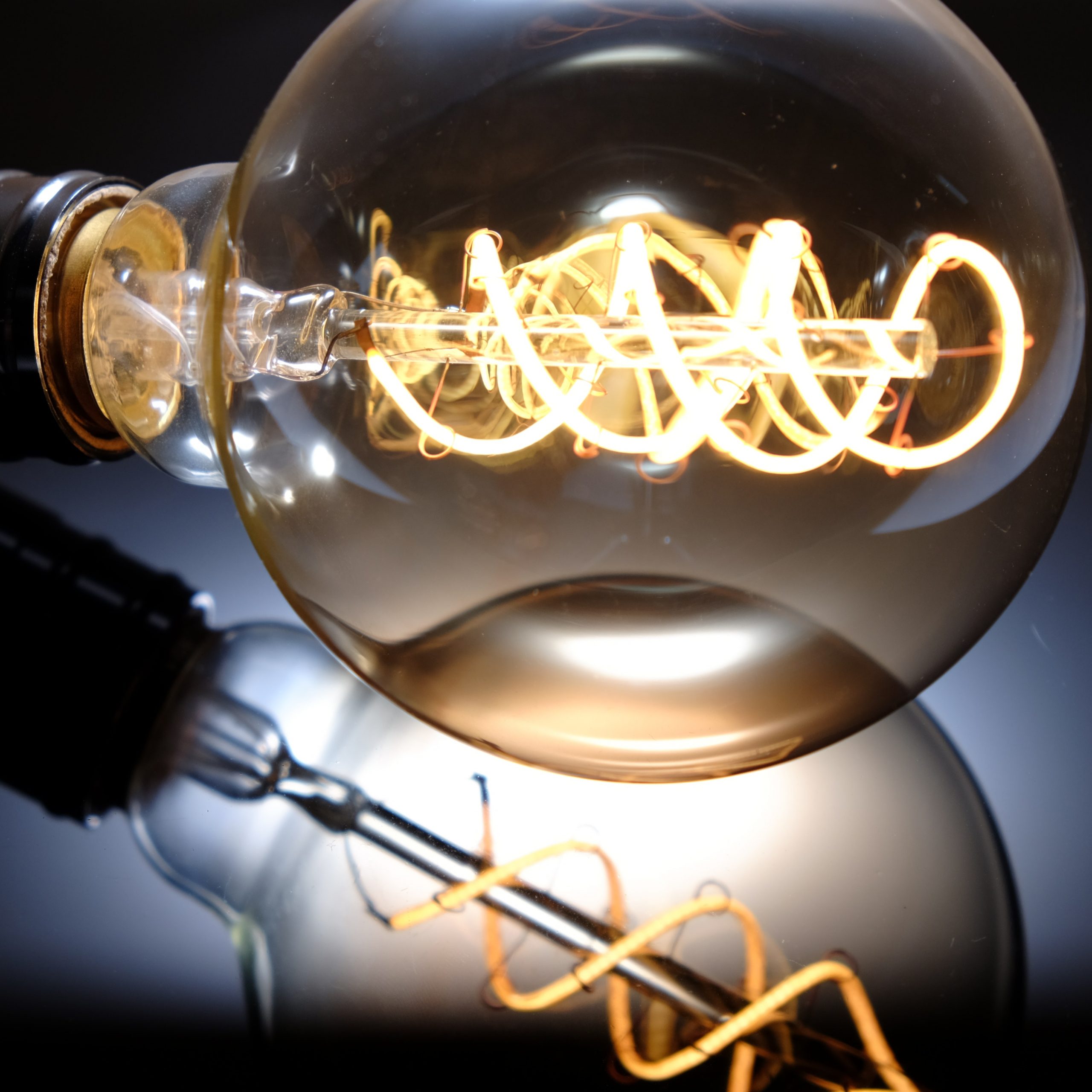Introduction
Energy-efficient appliances have become a major selling point for both homeowners and businesses aiming to cut energy costs and reduce their carbon footprint. However, these appliances often come with a higher upfront cost compared to their less efficient counterparts. The question on everyone’s mind is, “How quickly will these energy-efficient appliances pay for themselves?” This article dives into the factors that determine the payback period and how you can calculate it for different types of appliances.
The Payback Period: An Overview
The payback period is the time it takes for an investment to generate an amount equal to the cost of the investment. For energy-efficient appliances, this is the time it takes for the energy savings to equal the additional upfront cost. The shorter the payback period, the more financially sensible it is to invest in the energy-efficient option.
Factors Affecting the Payback Period
Energy Costs
The higher the cost of energy in your location, the faster an energy-efficient appliance will pay for itself. Keep an eye on fluctuating energy prices, as these can impact the payback period.
Usage Patterns
Heavy use of an appliance will usually result in a shorter payback period, as the energy savings accumulate faster. For example, a heavily-used commercial refrigerator will pay for itself more quickly than one used less frequently in a home setting.
Appliance Lifespan
Long-lasting appliances offer more years of energy savings, which can make them more cost-effective in the long run, even if the initial payback period is longer.
Incentives and Rebates
Government and utility company incentives can significantly shorten the payback period. These incentives might come in the form of tax credits, rebates, or even discounted energy rates for using energy-efficient appliances.
Examples of Common Appliances
LED Light Bulbs
- Additional Cost: $5 per bulb compared to incandescent
- Energy Savings: Approximately $8 per year per bulb
- Payback Period: Less than a year
Energy-Efficient Refrigerators
- Additional Cost: Around $200 more than a standard model
- Energy Savings: About $30-$60 per year
- Payback Period: 3-6 years
High-Efficiency Washers
- Additional Cost: Around $300 more than a standard model
- Energy Savings: About $50 per year
- Payback Period: 6 years
Calculating the Payback Period
To calculate the payback period, you can use the following formula:
Payback Period=Additional Cost of Energy-Efficient Appliance / Annual Energy Savings
Conclusion
While energy-efficient appliances often come with a higher upfront cost, they can result in significant long-term savings. Factors such as energy costs, usage patterns, and available incentives can all influence the payback period. By understanding these factors and doing the math, you can make an informed decision that benefits both your wallet and the environment. Remember, the payback period is just one aspect to consider; the long-term benefits often extend beyond just monetary savings, contributing to a more sustainable future for all.
